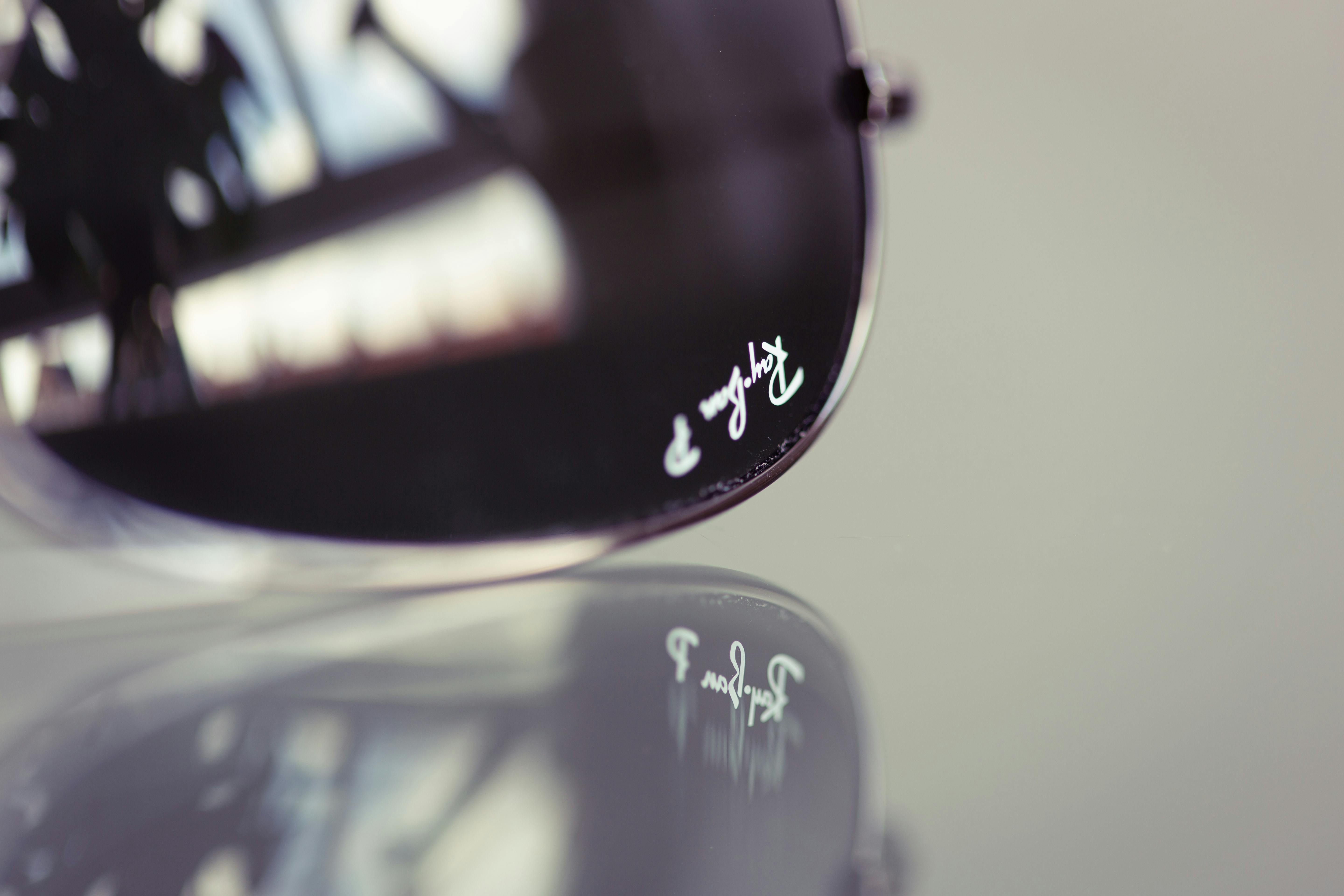A coffee capsule is the equivalent of a tea bag for making coffee: a portioned portion of coffee wrapped in a paper filter, ready to be infused with water. ESE (Easy Serving Espresso) is the global industry standard for coffee capsules. Any capsule that meets the ESE standard can be used in any espresso machine that is ESE compliant.
An ESE capsule contains between 6.5 and 7.5 grams of coffee, packed in a tight circular disc. The capsule is placed in a special capsule filter (usually supplied with your espresso machine) that fits inside the filter holder.
History of ESE capsules
The coffee pod machines were originally designed for use in the Italian workplace, for workers to prepare and enjoy an espresso in the office faster and cleaner. These machines were later adapted for use in restaurants to avoid the need for anyone to be trained in the use of a traditional espresso machine.
The use of espresso capsule machines at home did not become popular until Illy created the ESE standard in 1998. With the launch of this standard, Illy made a concerted effort to mass market these machines as a convenient way to enjoy espresso. In the home.
ESE Capsules vs. Traditional preparation
The key selling point of ESE capsules is convenience. The traditional method of preparing espresso requires skill and creates a lot of mess. The mills must be calibrated to achieve the correct flow rate; the coffee must be dosed and compacted correctly; and then the coffee grounds need to be wiped off all the equipment, the work surface, and usually the floor as well. With an ESE capsule there is none of this. The capsules are already pre-dosed and pre-tamped and the coffee grounds remain contained in the paper filter. Once finished, the pod can be disposed of like a tea bag.
However, the convenience of ESE capsules comes at a price: the taste of a traditionally brewed (done right) espresso is superior to that of an ESE espresso. Compared to the traditional method, ESE espresso lacks flavor depth and liveliness in the mouth. The reason for this is that the ESE capsules are not as fresh as the coffee used in the traditional method, and with the capsules the brewing time is too fast to extract the fullest flavor.
When preparing espresso using the traditional method, the coffee is ground immediately before use to preserve its freshness. This is because the actual grinding process releases aromatics from the coffee that are lost from the end cup if not used quickly. Ground coffee also has a much larger surface area than a whole bean, which makes it more vulnerable to air. However, ESE capsules are far from outdated. Once ground, the coffee is quickly tamped into a tight disk which, while essential for making espresso, also serves to reduce the surface area of the coffee. Most manufacturers also seal their pods in individual foil packets to further preserve their flavor.
The flow rate of an ESE espresso is faster than that of the traditional method. In the traditional method, the goal is to produce an espresso of around 1.25 oz. In volume in 25-30 seconds, as this is the optimal time to extract as much flavor as possible before releasing bitter compounds and excessive caffeine in the drink. With an ESE capsule, it can take less than half that time to produce the equivalent volume. ESE capsules are designed to have a faster flow rate to improve consistency from shot to shot. However, the faster flow rate is caused by less resistance to water during the brew process and this in turn leads to a lower brew pressure, resulting in a flatter extraction. Since there is no way to control the flow rate with an ESE capsule, it would be impossible to make espresso variations like a ristretto or lungo.
The fact that ESE capsules are pre-ground negates the need for a coffee grinder, which can lead to substantial savings. A good grinder for making espresso will cost over £ 100. However, ESE pods cost considerably more than coffee beans. Expect to pay three times more for an ESE pod than you would for the equivalent weight in beans. On the plus side, unlike beans, no coffee is wasted with ESE pods.
ESE Capsules vs. Other coffee capsules
There are many different types of coffee capsules available on the market in addition to ESE capsules, such as Nespresso and Senso. In terms of price and taste, there is little difference between ESE capsules and pods. However, the main problem with these other capsules is that they are currently made exclusively by one manufacturer: Nespresso is from Nestlé and Senso is from Douwe Egberts. So, for example, if you choose a Nespresso-compatible machine, you’re limited to Nestlé coffee. On the other hand, ESE pods are manufactured to an industry-wide standard and are therefore available from all major Italian roasters, such as Illy and Lavazza, and many other roasters as well. So with an ESE compliant espresso machine, you have a much wider selection of coffee. Not only that, but with most ESE-compatible machines, you also have the option of brewing espresso the traditional way.




